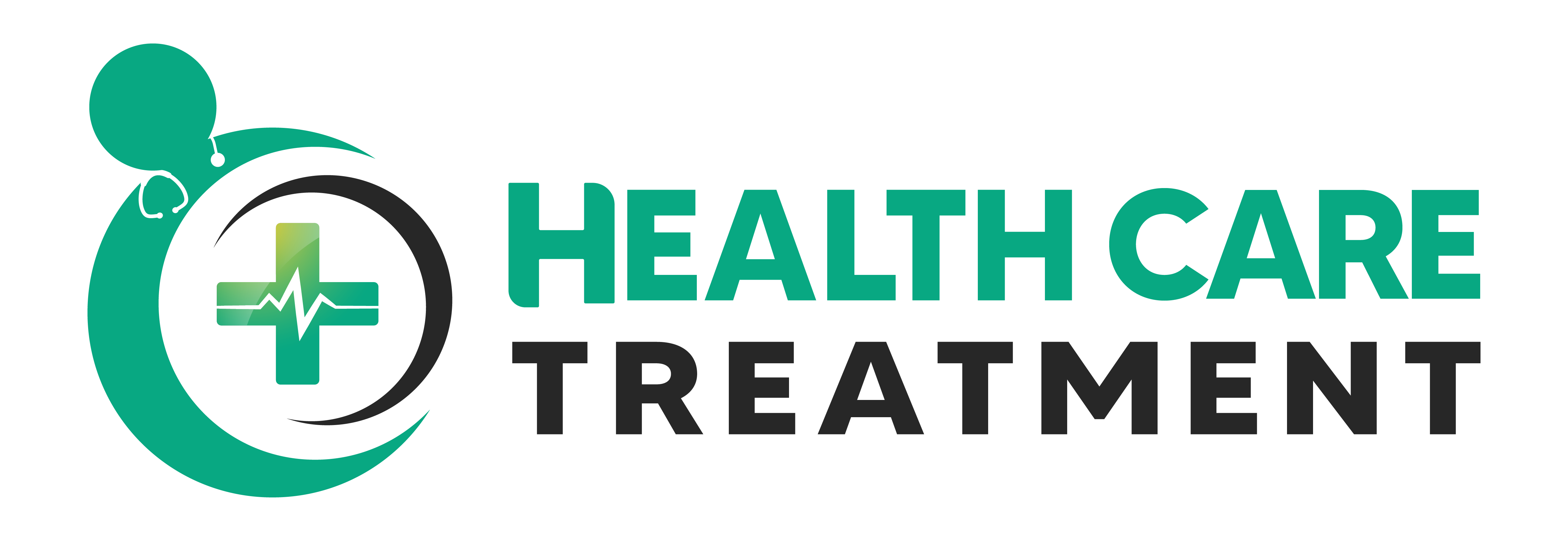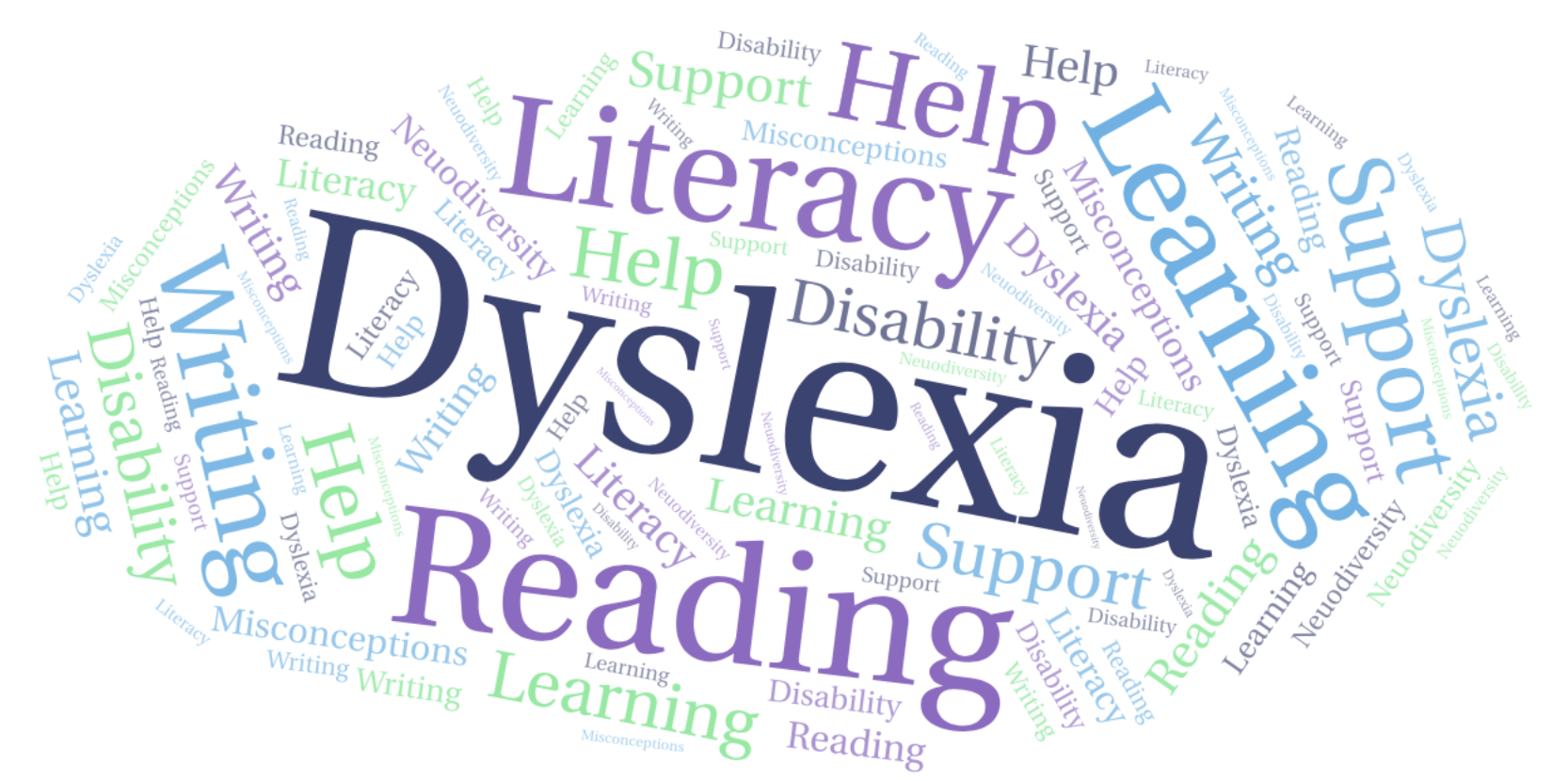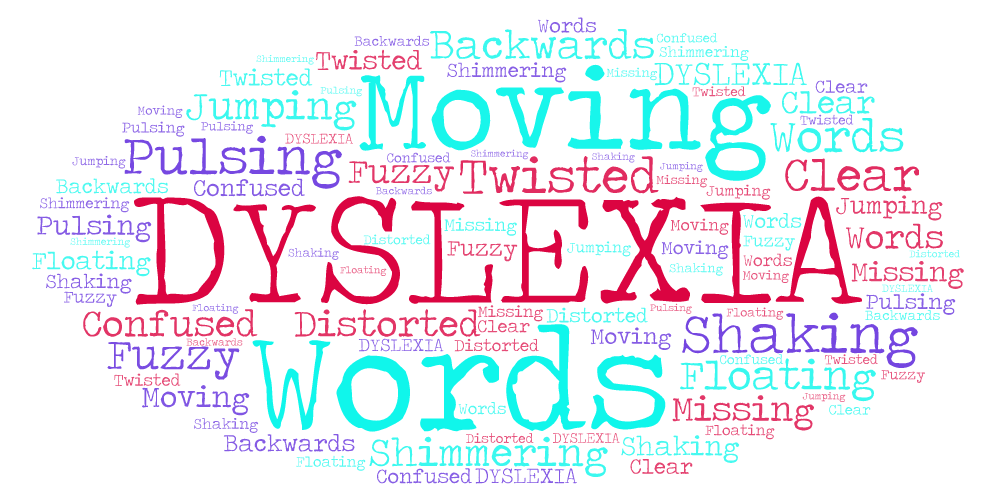Dyslexia is a reading and language-learning disorder that makes it difficult for people to read or spell correctly. If it is left untreated, it becomes severe; therefore, dyslexia support is necessary for dyslexic people.
Dyslexia can be a misdiagnosis if the symptoms aren’t serious enough to cause significant difficulties in a person’s life. Dyslexia is an umbrella term that includes visual perceptual issues, problems with auditory processing, and difficulties with motor skills.
Top Strategies:
One of the main challenges for children with dyslexia is reading aloud. They can benefit tremendously by applying these strategies that are known as dyslexia support NZ for children who are suffering from dyslexia.
- Match words to pictures: This is a great strategy that allows children to read aloud their favourite picture books without struggling to pronounce words.
- Use paragraph breaks to help with reading comprehension: This strategy gives children an opportunity for rereading and comprehension.
- Readout loud at home: There are many benefits of reading out loud at home, like hearing how your child’s voice sounds when you read, keeping up their motivation, encouraging bonding time and developing muscles in the vocal cords.
The strategies mentioned above can be used in different ways depending on what works best for each individual child.
Use of a Structured Literacy Approach:
Children suffering from dyslexia need some extra support to learn. Fortunately, there are Structured Literacy Approach techniques that can be used to help them improve their reading and writing skills without the need for an interventionist or educational specialist.
For children suffering from dyslexia, learning is not just about reading and writing but also about using comprehension strategies such as listening, speaking, questioning, summarizing and gap-filling activities.
The structured literacy approach is a method of teaching children reading and writing skills using a systematic, step-by-step approach. This approach allows students to learn the skills in small, manageable steps.
By Creating an Inclusive Classroom:
Many people with dyslexia struggle in school because their learning disabilities make it difficult for them to read or write quickly in a single sitting. In order to help these students learn more efficiently and improve their overall education outcomes, schools need to create an inclusive classroom where all students can feel safe and accepted.
By creating an inclusive classroom, teachers will help children with dyslexia by providing them opportunities and dyslexia support they would not have had otherwise. Visit our website for more informatioh.


